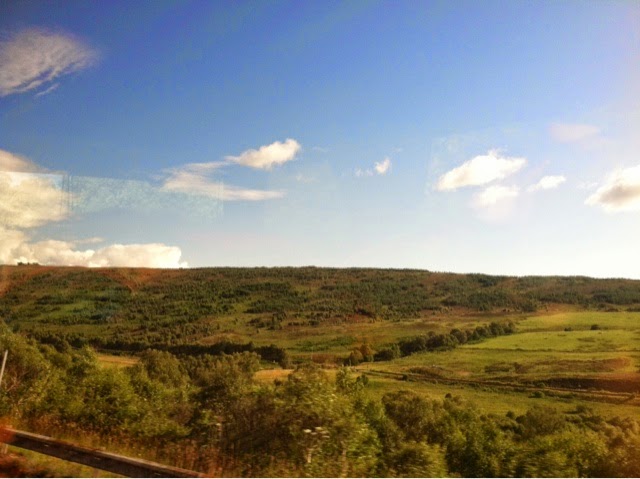Right now I'm on the plane home, currently somewhere over eastern Canada. At Heathrow I had the thought enter my mind that while I was so incredibly glad for the experiences of the last month, I am so happy to be returning to my country, my home and all that's familiar.
Yesterday was an interesting day. For the first time I felt a little pain over leaving something that had become somewhat familiar. But then, I had a series of fiascos involving the transport system and the shower in my dorm room... ;) Seriously though, I did feel a little sad. This is the first (and likely only) time I have had face-to-face contact with professors during my LIS studies. I had thought that I didn't miss that, that the online program was fine, and it is, but it was also nice to feel like a "real" student for awhile and benefit from their knowledge and feedback in real time and to see them every day.
My spirit still hasn't processed that I've actually had the opportunity to see and experience things I've dreamed and wished for for what seems like forever. It really still feels completely and utterly surreal. I've been to Stonehenge. I've been to Westminster. I've walked along the Thames and ridden a river taxi. I saw a first edition of a Jane Austen novel and searched for the Loch Ness monster. It's completely crazy that I've done those things and so much more! And when I step of this plane I'll be back in the states. And when I go to bed tonight (which, unfortunately seems like forever away), I will be home and back to my real, normal life.
London, it's been great. Thanks for all the memories and the growth. I'll be back someday. ;)










































